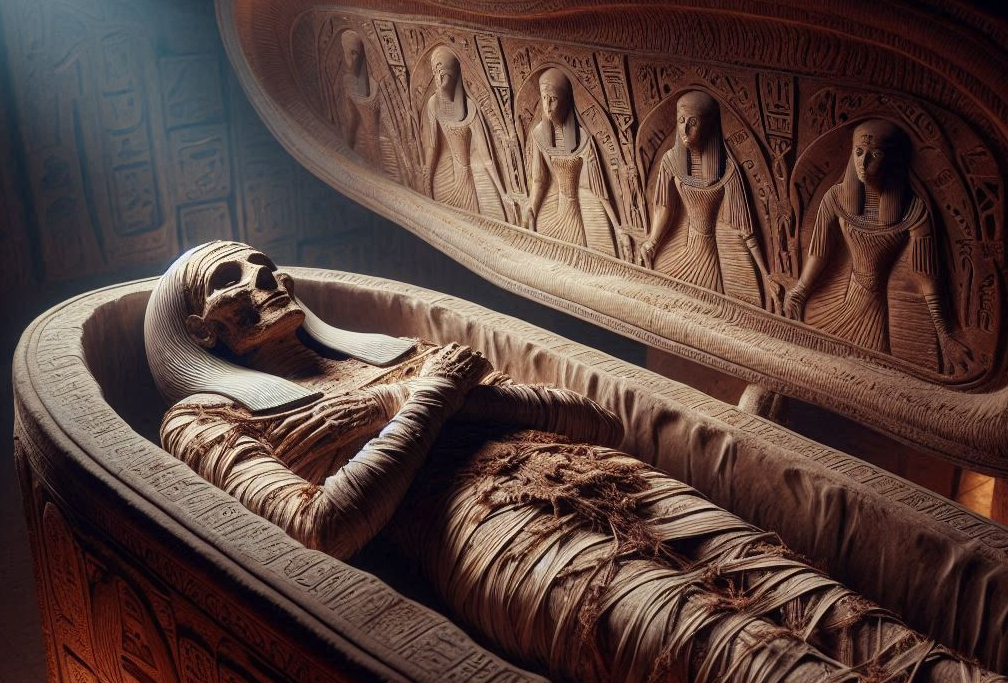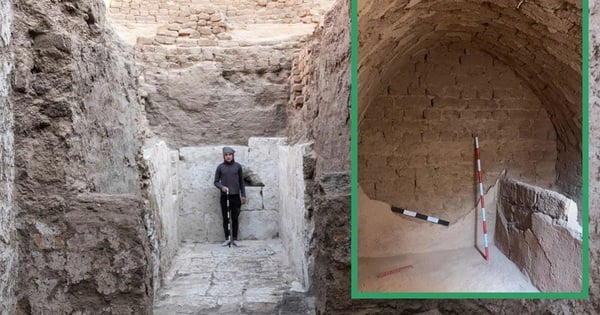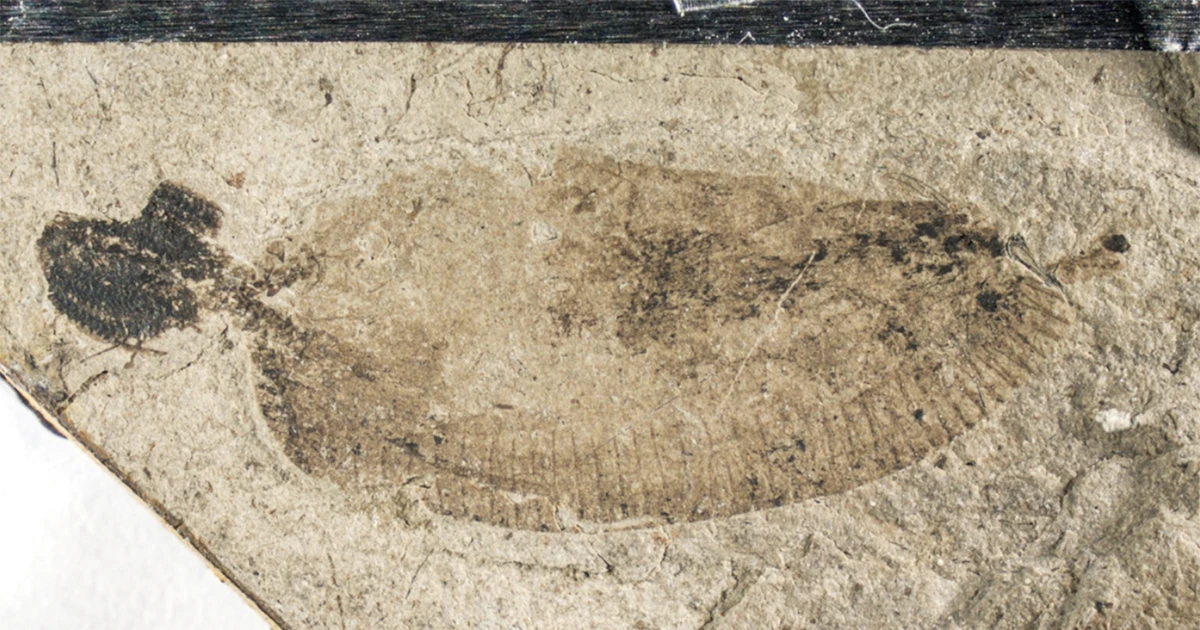(NLDO) - Concerns about the possibility of ancient "death" pathogens being preserved intact in Egyptian mummies have arisen in recent years.
Thanks to being preserved intact for thousands of years, some Egyptian mummies have revealed clear traces of infectious diseases that were mass killers during their lifetime, such as smallpox, leprosy, tuberculosis...
Since science has advanced enough to identify the diseases that killed mummified people, the fear of ancient viruses and bacteria preserved in the mummies has also arisen.
Several experts spoke with Live Science about the above question.

The astonishing integrity of ancient Egyptian mummies raises concerns about dangerous pathogens "resurrecting" - Photo AI: Anh Thu
The "ghost" of smallpox - a disease believed to have contributed to the collapse of the Aztec Empire in the Americas, caused millions of deaths in Europe in the 16th and 19th centuries, and caused deadly outbreaks in the 20th century - was once discovered on the body of Pharaoh Ramesses V.
Ramesses V was the fourth pharaoh of the 20th dynasty of the New Kingdom of Egypt. He reigned for a short time - 1147-1145 BC - due to his sudden death.
Twenty-first-century techniques have discovered the reason: It is the traces of smallpox lesions that remain intact on the corpse.
The World Health Organization (WHO) officially declared the highly dangerous disease eradicated worldwide in 1980, following decades of extensive global vaccination efforts.
But some have questioned whether mummification inadvertently helped preserve the pathogen and make it ready to "rise" from Ramesses V?
Dr. Piers Mitchell, Director of the Ancient Parasitology Laboratory at the University of Cambridge (UK), said this is extremely unlikely to happen.
"Most parasites die within a year or two without a living host. If you wait more than 10 years, they're all dead," Dr. Mitchell told Live Science.
For example, poxviruses like smallpox can only reproduce inside the cells of a living host, according to the National Center for Biotechnology Information in the National Library of Medicine at the US National Institutes of Health (NIH).
According to the NIH, the bacteria that cause tuberculosis and leprosy also need living hosts to survive.
The mummy, though intact for thousands of years, is not a living host.
The NIH also explains that smallpox is spread through person-to-person contact, while tuberculosis and leprosy are typically transmitted through droplets from the nose and mouth, usually when an infected person sneezes or coughs.
In the case of leprosy, prolonged contact with an infected person is required for the disease to spread.
Another factor that reduces the chances of someone catching a disease from a mummy is that, even though it is intact, it is still slowly decomposing over time. That means any DNA — including that of viruses and bacteria — is also decomposing and breaking down.
Even if this DNA is enough for us to identify with advanced techniques, it is not enough to wake anything up.
Some intestinal parasitic worms, which are shed in feces, live longer than others and not all need a living host to survive, but experts say they're not a cause for concern.
“Those things can be much more persistent and can last for months, or sometimes years, but none of them can last for thousands of years,” Dr. Mitchell said.
Source: https://nld.com.vn/virus-co-dai-co-hoi-sinh-nho-xac-uop-ai-cap-hay-khong-196240711083640818.htm







![[Photo] Closing of the 11th Conference of the 13th Central Committee of the Communist Party of Vietnam](https://vstatic.vietnam.vn/vietnam/resource/IMAGE/2025/4/12/114b57fe6e9b4814a5ddfacf6dfe5b7f)

























![[Photo] Overcoming all difficulties, speeding up construction progress of Hoa Binh Hydropower Plant Expansion Project](https://vstatic.vietnam.vn/vietnam/resource/IMAGE/2025/4/12/bff04b551e98484c84d74c8faa3526e0)




























































Comment (0)